Category: science
-
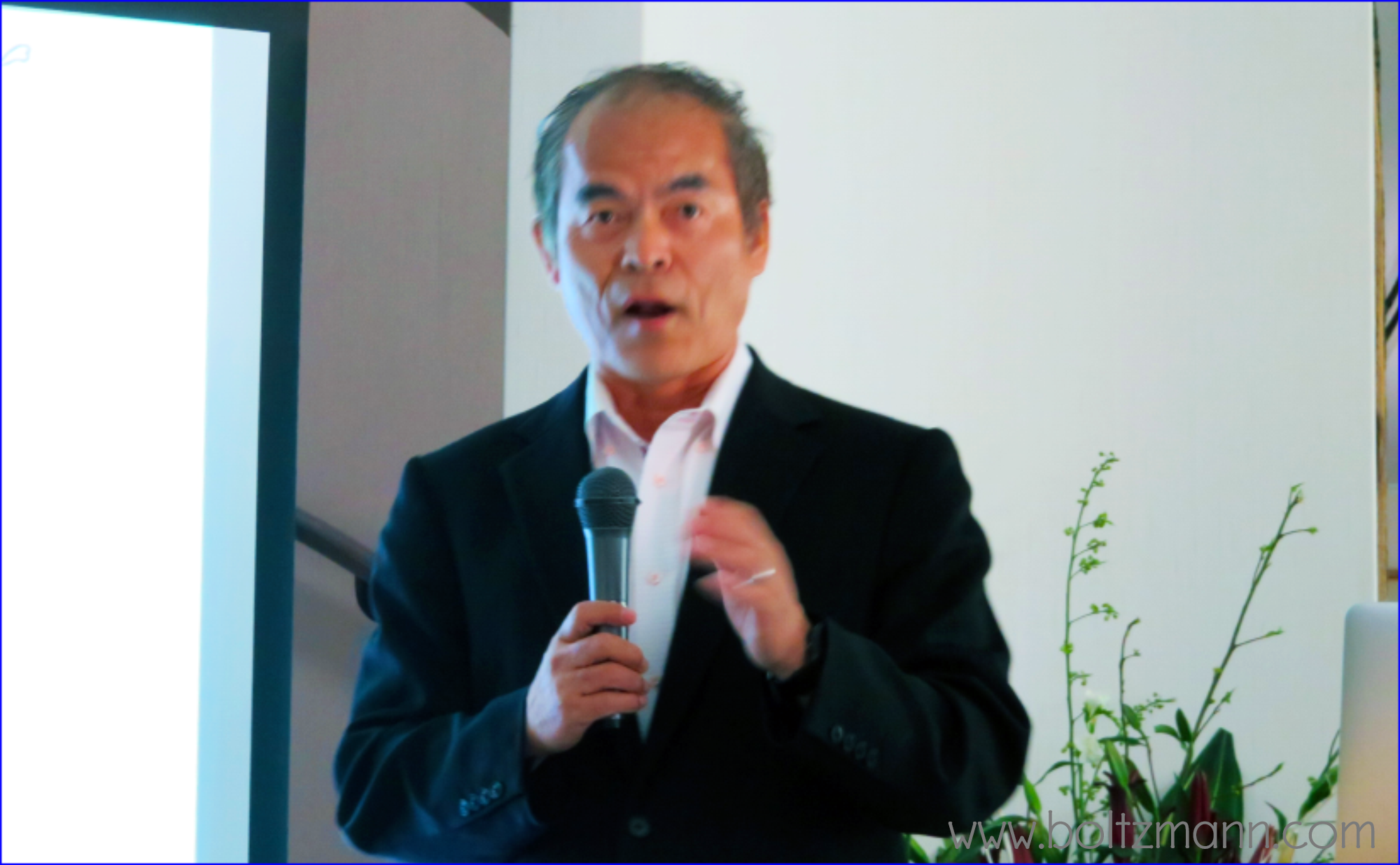
Shuji Nakamura on 2nd and 3rd Generation Solid State Lighting
—
by
Shuji Nakamura’s invention to save energy corresponding to about 60 nuclear power stations by 2020 2nd and 3rd Generation Solid State Lighting For Shuji Nakamura’s invention of high-efficiency GaN double-heterostructure LEDs he was awarded the Nobel Prize in Physics 2014, while his employer sued him in the USA for leaking intellectual property – Shuji Nakamura…
-
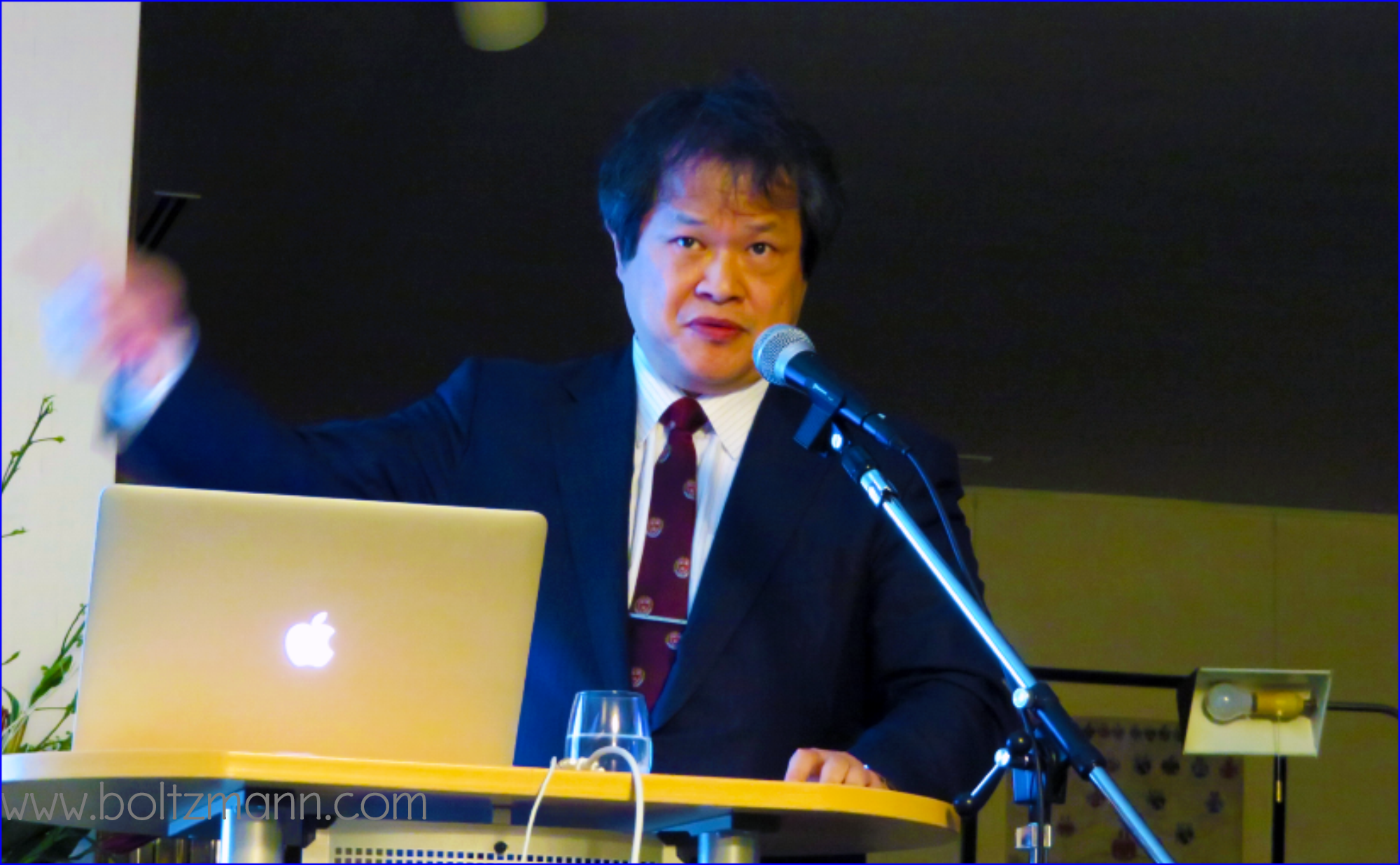
Makoto Suematsu: fast-tracking medical research in Japan
Makoto Suematsu, Founding President of Japan’s new Agency for Medical Research and Development AMED: The situation in Japan is so crazy, but now I will stay in Japan because I have a mission summary of Professor Makoto Suematsu’s talk by Gerhard Fasol Medical research in Japan: Fast-tracking medical research and development in Japan In April…
-
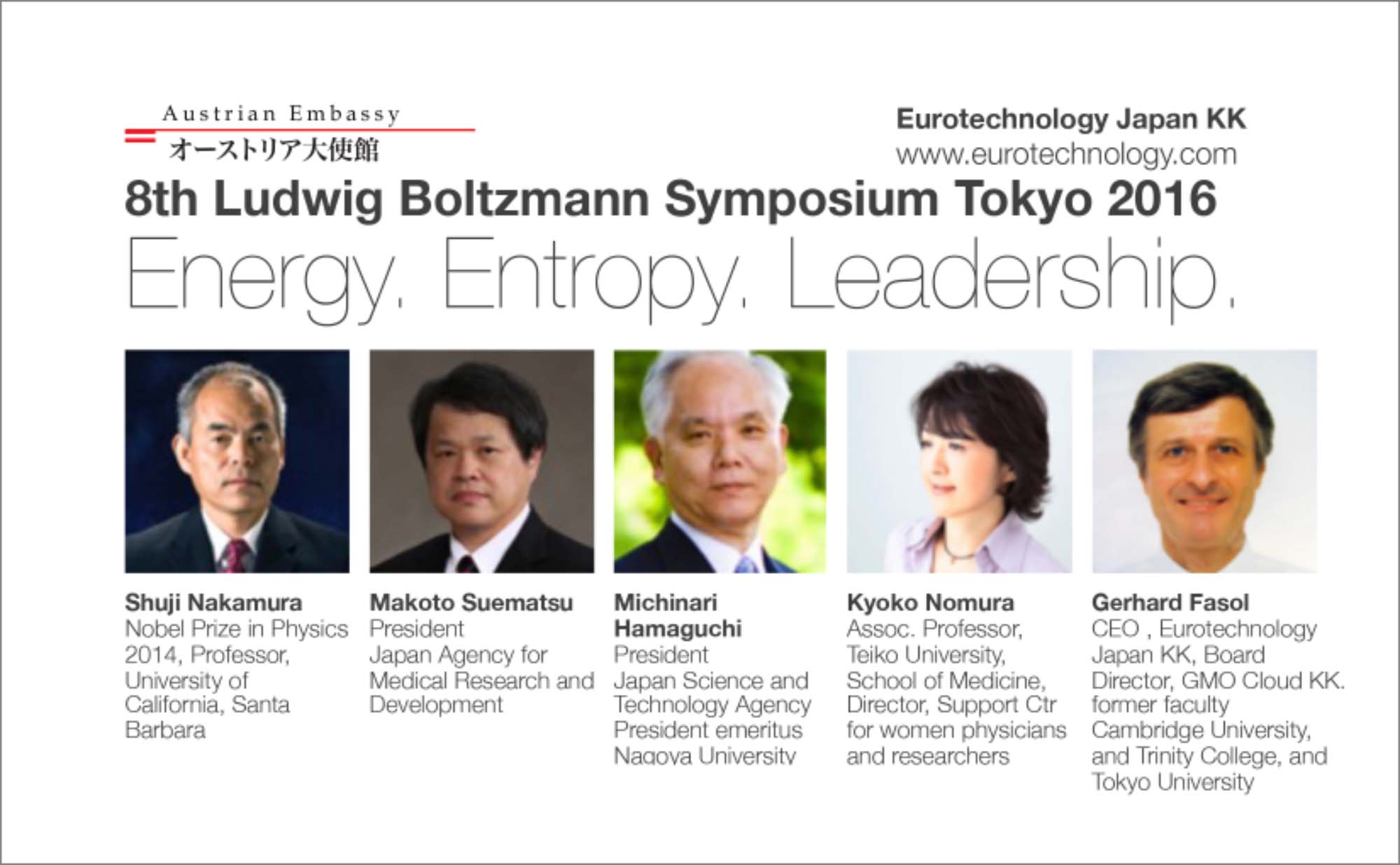
Top-down vs bottom-up innovation: Japan’s R&D leaders at the 8th Ludwig Boltzmann Forum
How to fast-track innovation in Japan Shuji Nakamura’s invention of high efficiency LEDs enable us to reduce global energy consumption by an amount corresponding to 60 nuclear power stations by 2020, for which he was awarded the 2014 Nobel Prize in Physics. Still, a poster child for bottom-up innovation, Shuji Nakamura was sued by his…
-
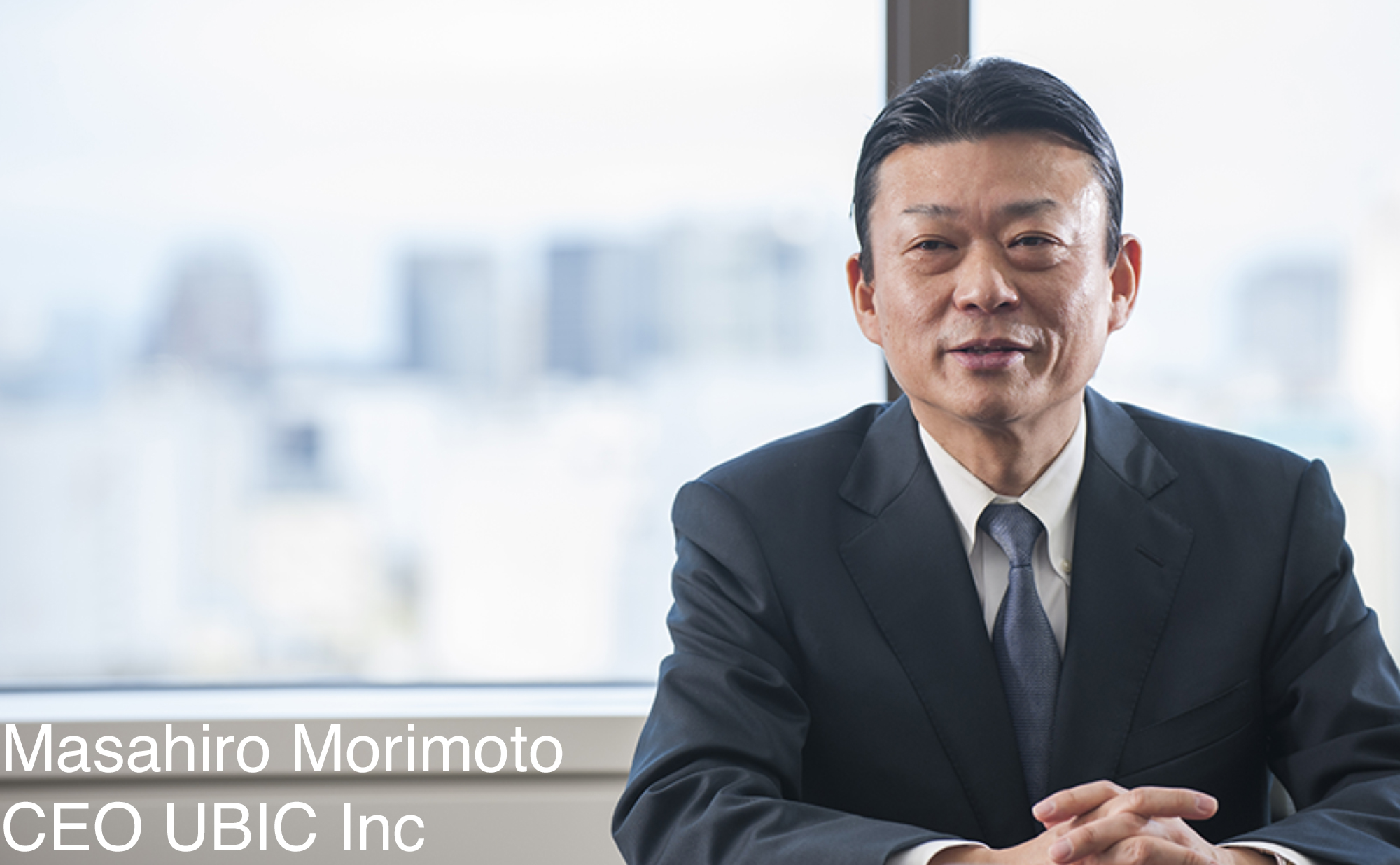
Masahiro Morimoto, entrepreneur, CEO and Chairman of the Board, UBIC Inc. (today: Fronteo) A discussion with Dr. Gerhard Fasol
UBIC Inc (today: Fronteo): founded to curb huge losses of Japanese corporations due to litigation abroad A discussion between UBIC (today: Fronteo) CEO Masahiro Morimoto and Dr. Gerhard Fasol From Japanese/Chinese/Korean (CJK) e-discovery, to data forensics, virtual data scientist and predictive coding Masahiro Morimoto founded UBIC Inc. on August 8, 2003 to stem the huge…
-
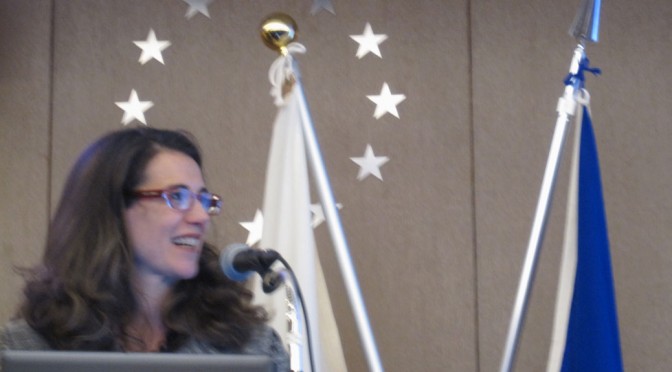
EU Horizon 2020 Japan participation: research and innovation program and Japan-EU Science and Technology cooperation
Horizon 2020 Japan participation conference at the EU Delegation in Tokyo Horizon2020 is the world’s largest research program, undertaken by the European Union, and it is open to cooperation with researchers from all countries including Japan. EU encourages Japan participation in Horizon 2020 Actually, the EU strongly encourages participation from Japan: Maria Cristina Russo, Director…
-
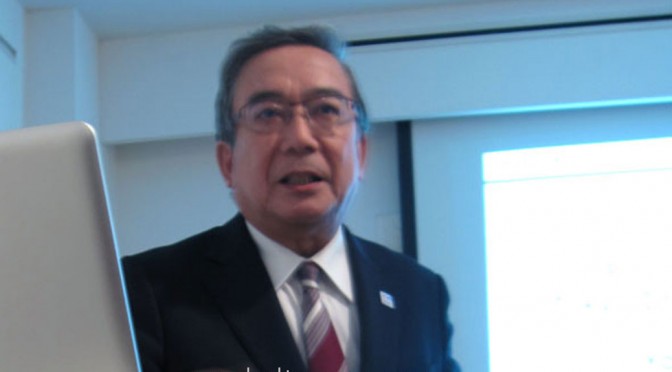
Tokyo Institute of Technology President Yoshinao Mishima: “Become a world class University with more diversity by 2030”
Tokyo Institute of Technology President Yoshinao Mishima: Educational reforms at Tokyo Institute of Technology (President of Tokyo Institute of Technology. Materials scientist specialized on nano-materials and high-performance materials) Keynote presented at the 6th Ludwig Boltzmann Symposium on February 20, 2014 at the Embassy of Austria in Tokyo. Tokyo Institute of Technology – short history 1881:…
-
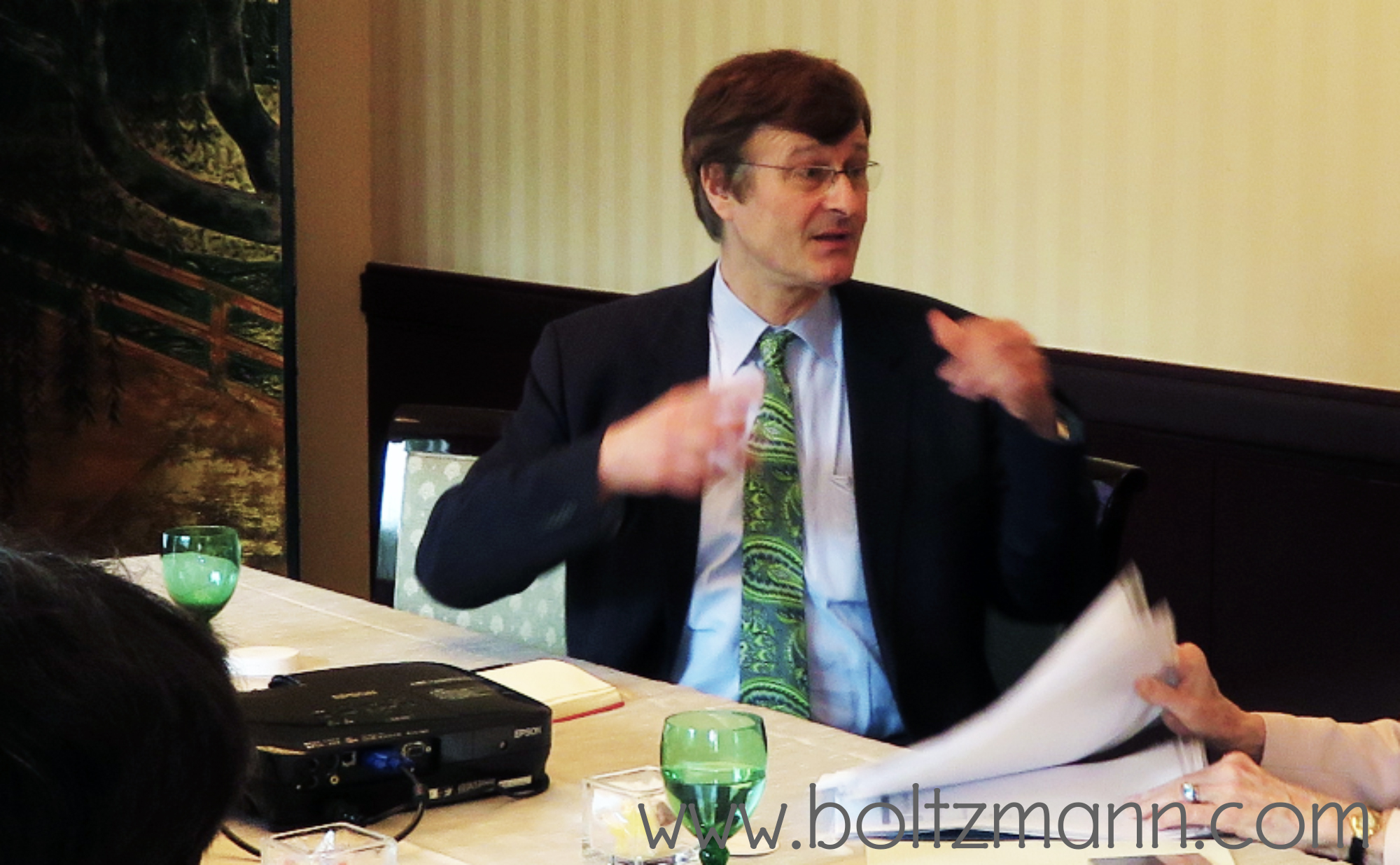
Boltzmann constant, temperature and the new SI system of units by Gerhard Fasol (6th Ludwig Boltzmann Symposium)
Boltzmann constant k, “What is temperature?” and the new definition of the SI system of physical units (by Gerhard Fasol, CEO of Eurotechnology Japan KK. Served as Associate Professor of Tokyo University, Lecturer at Cambridge University, and Manger of Hitachi Cambridge R&D Lab.) Keynote presented at the 6th Ludwig Boltzmann Symposium on February 20, 2014…
-
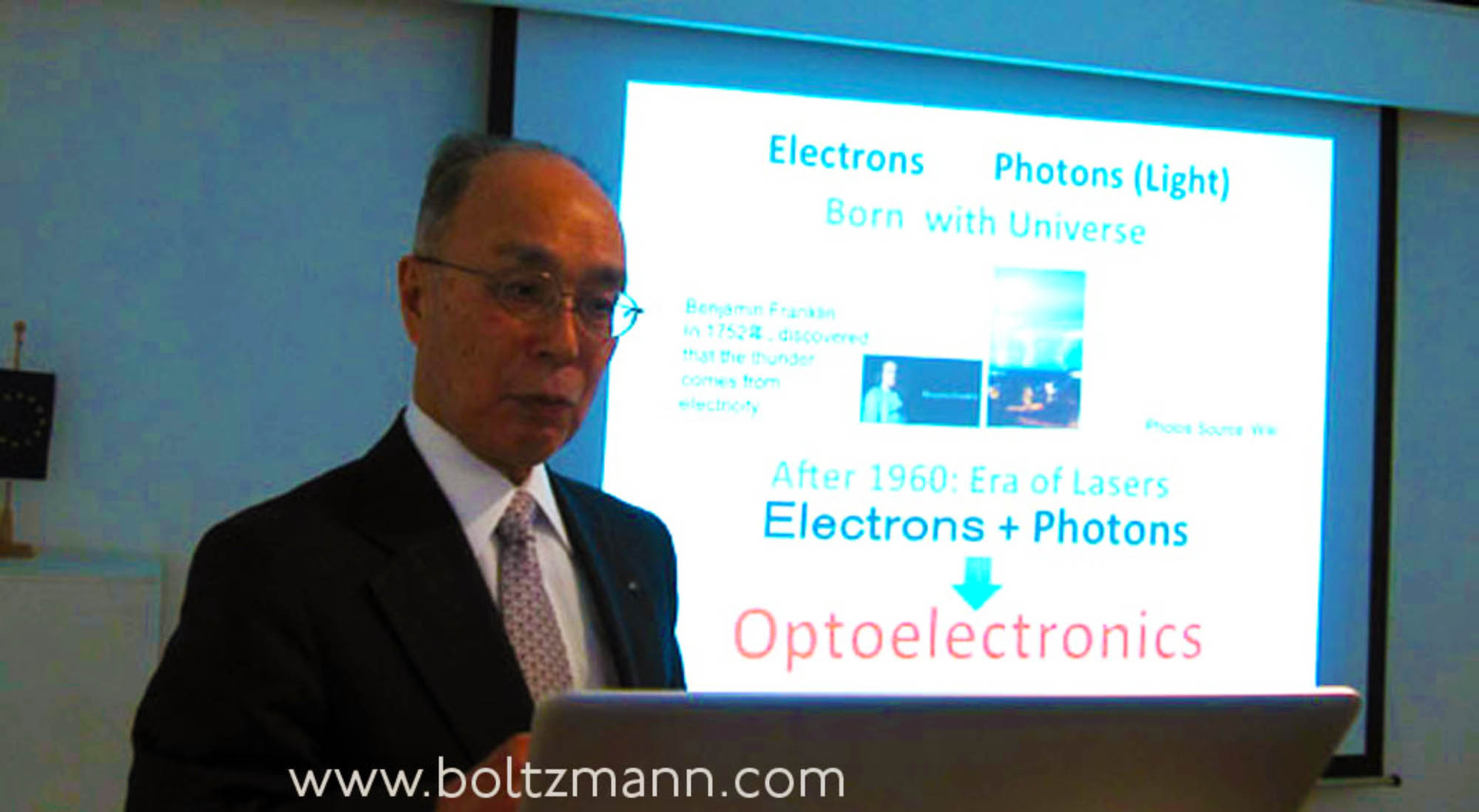
VCSEL – Vertical cavity surface emitting lasers by their inventor, Kenichi Iga (6th Ludwig Boltzmann Symposium)
VCSEL inventor Kenichi Iga: hv vs kT – Optoelectronics and Energy (Former President and Emeritus Professor of Tokyo Institute of Technology. Inventor of VCSEL (vertical cavity surface emitting lasers), widely used in photonics systems) Keynote presented at the 6th Ludwig Boltzmann Symposium on February 20, 2014 at the Embassy of Austria in Tokyo. VCSEL: how…
-
Solar eclipse on July 22, 2009 seen in Tokyo
The total solar eclipse could be seen clearly today around 11:13am in Tokyo – however in Tokyo the coverage was not total. Here is a picture taken with a standard Canon digital camera: Copyright·©2013 ·Eurotechnology Japan KK·All Rights Reserved·
-
David E Kuhl and Dennis L. Meadows – winners of the 2009 Japan Prize
David E Kuhl and Dennis L Meadows, the winners of the 2009 Japan Prize gave a presentation in Tokyo on April 22, 2009. Professor David E Kuhl was given the Japan Prize for tomographic imaging in nuclear medecine, he has been called the “father of emission tomography”, having developed tomographic imaging in nuclear medicine. Dennis…
-
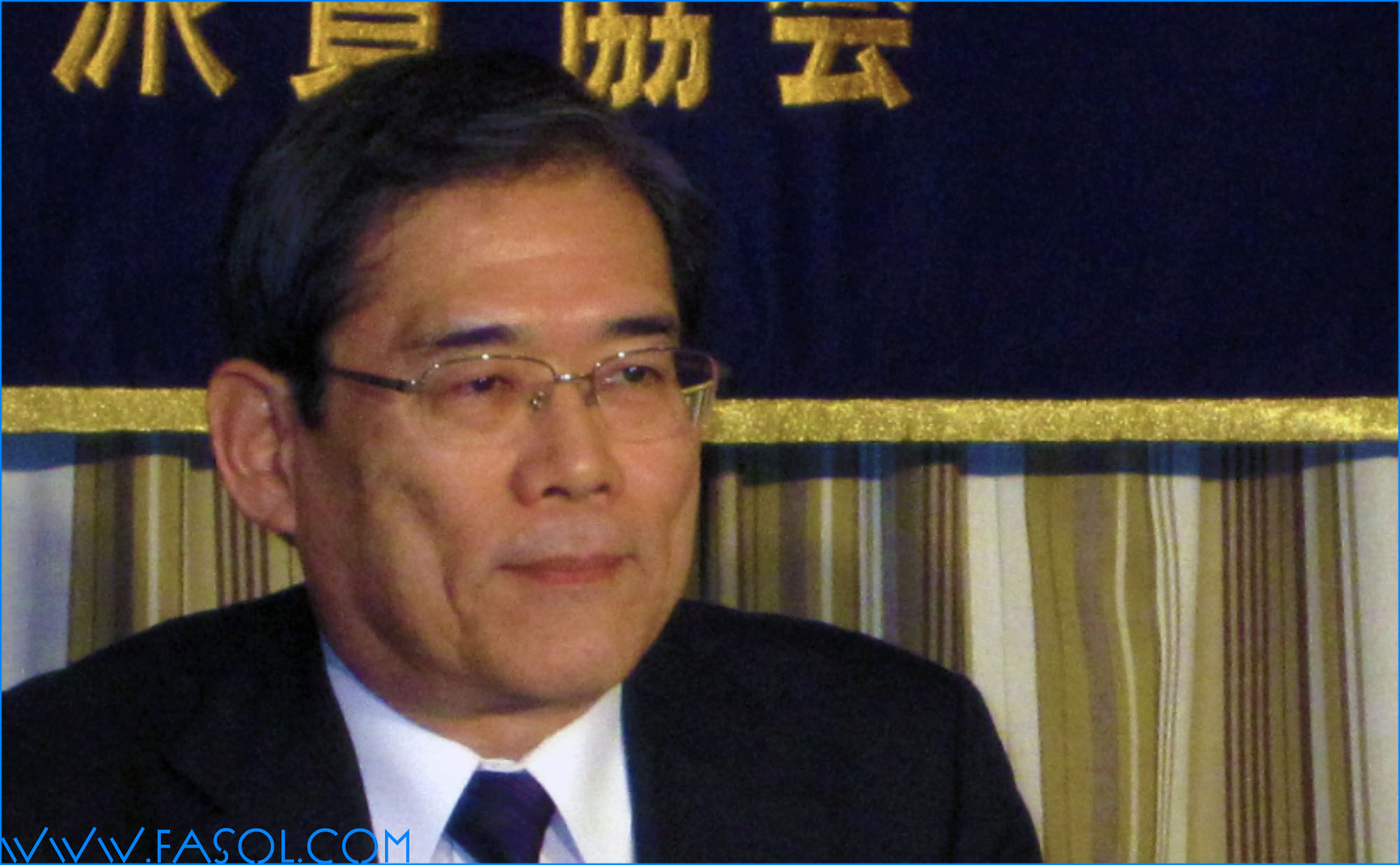
Professor Junichi Hamada, President of Tokyo University
Attended Professor Junichi Hamada’s presentation at Tokyo University. Professor Hamada is expert on the legal aspects of journalism, freedom of press and media regulation. Professor Hamada will be the new President of Tokyo University from April 2009. In his presentation Professor Hamada discussed the changes in the media sector, and of course also his views…
-
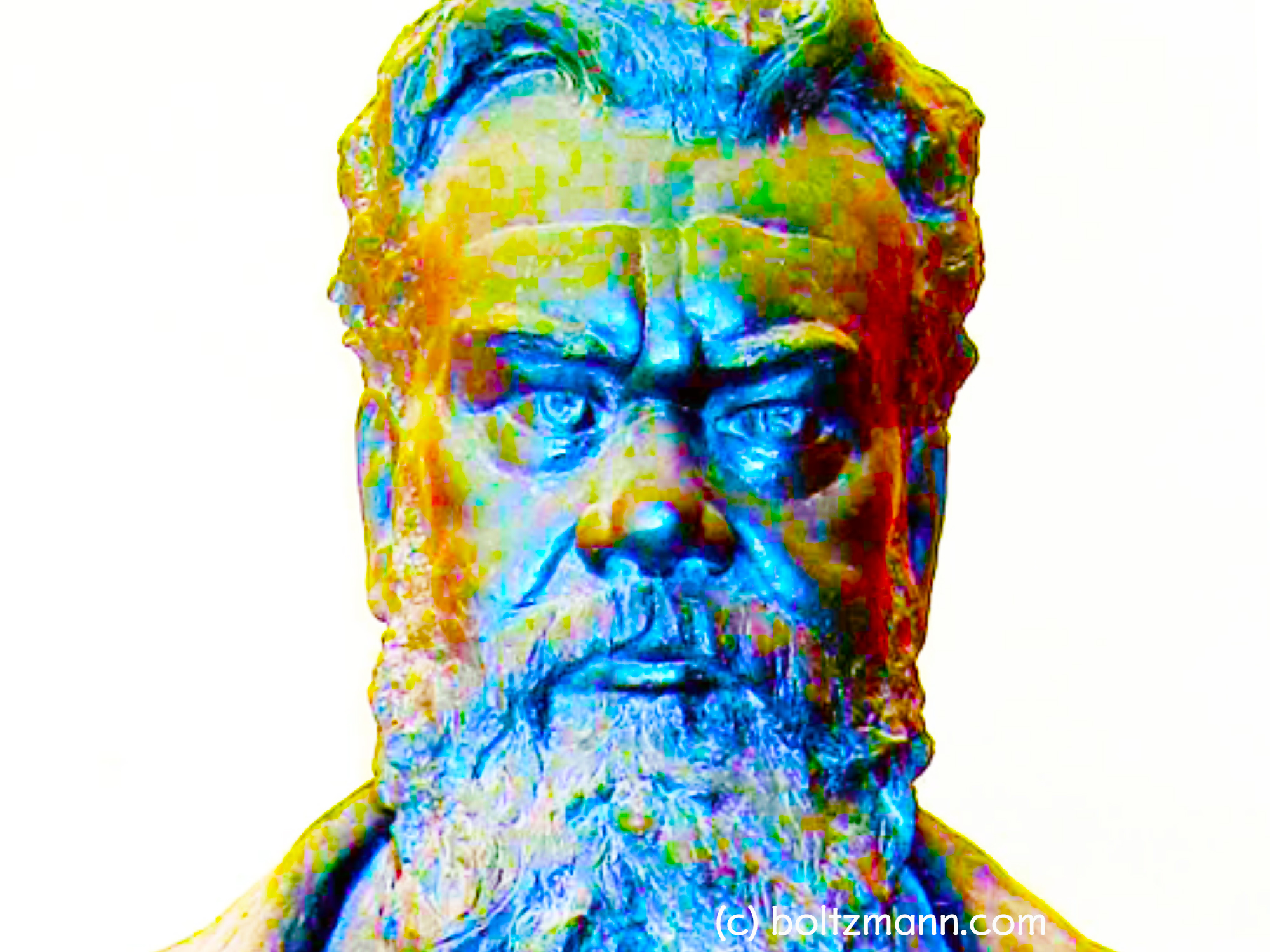
our future: hot, flat, and crowded… celebrating Ludwig Boltzmann’s 165th birthday
First Ludwig Boltzmann Forum Tokyo on February 20th, 2009 Speakers: Hisashi Kobayashi, Gerhard Fasol, Kazu Ishikawa, Kiyoshi Kurokawa Ludwig Boltzmann was one of the most important physicists and philosophers: it is almost impossible for any engineer, chemist or physicist to do a day’s work without using Boltzmann’s tools and results every day. Ludwig Boltzmann is…
-
R&D in Japan, interview for Chemical and Engineering News
Unleashing R&D in Japan Contributed to an article “Unleashing R&D in Japan” by Jean-François Tremblay for the Chemical & Engineering News (Volume 80, Number 49, pp 13-15, December 9, 2002) Excellent science in Japan, for example Shuji Nakamura’s GaN LEDs and Lasers Fasol mentions that there is excellent science in Japan, for example Shuji Nakamura’s…
-
Magnetic and metallic nanowires
Gerhard Fasol was one of the invited speakers of the “Device Applications of Nanoscale Materials Symposium” at the 1998 National ACS Meeting in Dallas, Texas, which was organized by John St. John of Texas Christian University. Gerhard Fasol’s talk: “Selective Electrodeposition of Magnetic and Metallic Nanowires: A New Approach to a Fundamental Technology” Symposium purpose:The…
-
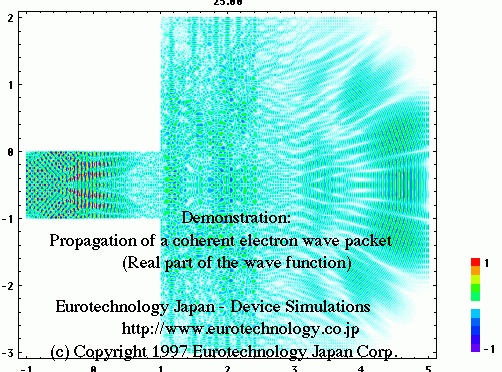
Simulation and Visualization of the Dynamics of Electron Wave Packets on a Femto-Second Time-Scale
Conference presentation by Gerhard Fasol at the 5th International Workshop on Femtosecond Technology FST’98, Tsukuba, Japan, February 12-13, 1998, on “Simulation and Visualization of the Dynamics of Electron Wave Packets on a Femto-Second Time-Scale” Details of our work on the simulation and visualization of electron wave packet motion.